Piedmont wines are an exclusive club, comprising some of the highest-rated wines in Italy, if not the world. This guide spotlights the different types of grapes, their characteristics, and the best wineries to visit while Piedmont wine tasting, to fully experience this captivating region.
Jump to:
- Overview: Background on Piedmont Wines
- Red Piedmont Wines
- White Piedmont Wines
- Sparkling and Dessert Piedmont Wines
Overview: Background on Piedmont Wines
The Terroir
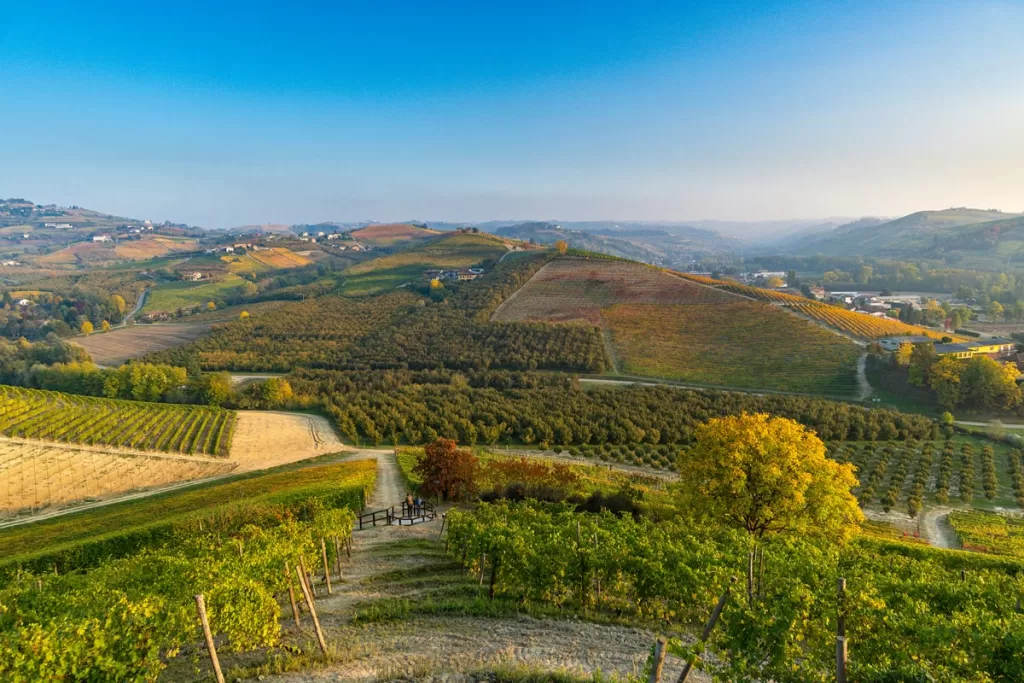
Piedmont wines owe their renown to their uniquely situated location. In this corner of northern Italy, warmer winds from the sun-drenched Mediterranean meet the crisp, cool fog descending from the Alps to the north. The result is near-perfect growing conditions.
To the untrained eye, Piedmont may appear to just be rows of rich vineyards, stretching to the horizon. However, each plot of land is a study of nuance, with subtle variations in soil, climate, and sunlight that uniquely characterize each sub-region.
Indeed, even the direction the vines are planted may determine their classification. For example, Barolo can only be grown on south-facing hillsides. Any deviation, and it’s simply a Nebbiolo.
Some of the primary sub-regions within Piedmont include both the Langhe, Alto Piemonte, and Asti:
- The Langhe is the crown jewel of Piedmont, encompassing such prominent villages (and their namesake wines) as Barolo and Barbaresco.
- Alto Piemonte permits a bit more experimentation and creative expression among their wines – you’re bound to discover something new here.
- Meanwhile, if it’s bubbles you seek, head to Asti, home of the region’s sparkling wines. In Asti, you’ll find both the dry Spumante and sweet Moscato.
Piedmont Grapes
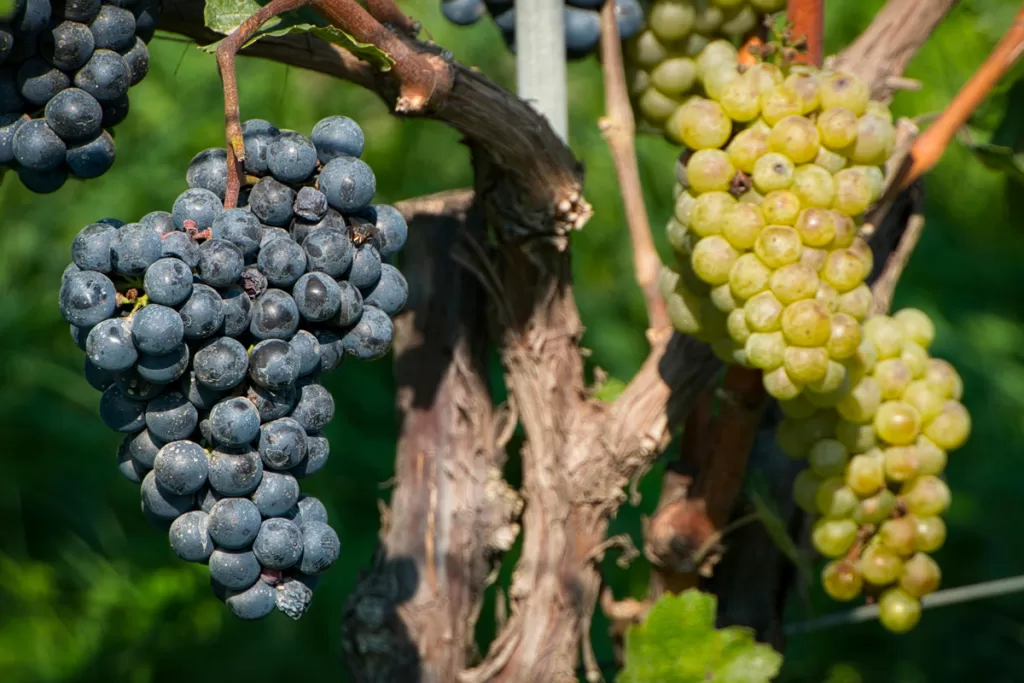
Red grapes reign in Piedmont, but that’s not to say you won’t find exquisitely crafted white wines here as well. The unique climate, with that blend of both the warm Mediterranean and cool Alps, produces deliciously flavorful wines of all varieties.
Piedmont’s red wines are typically full of fruit, tannins, and earth, while the whites boast a crisp balance of fresh fruit and minerality. Most of the region’s white varietals have a higher acidity to them, as well.
Italian Wine Classifications

When choosing a wine, look for either a DOC or DOCG designation on the label. This tiered Italian classification denotes the quality of the wines, with DOC and DOCG being the two highest.
DOC stands for Denominazione di Ordine Controllata, with strict criteria for the type of grape, harvest yield, length of aging, and more.
Even stricter than DOC is DOCG, or Denominazione di Ordine Controllata e Garantita. The top tier of Italian wine classifications, the added “and guaranteed” at the end confirms that the vineyard has maintained DOC status for a minimum of 10 years.
Red Piedmont Wines
Barolo
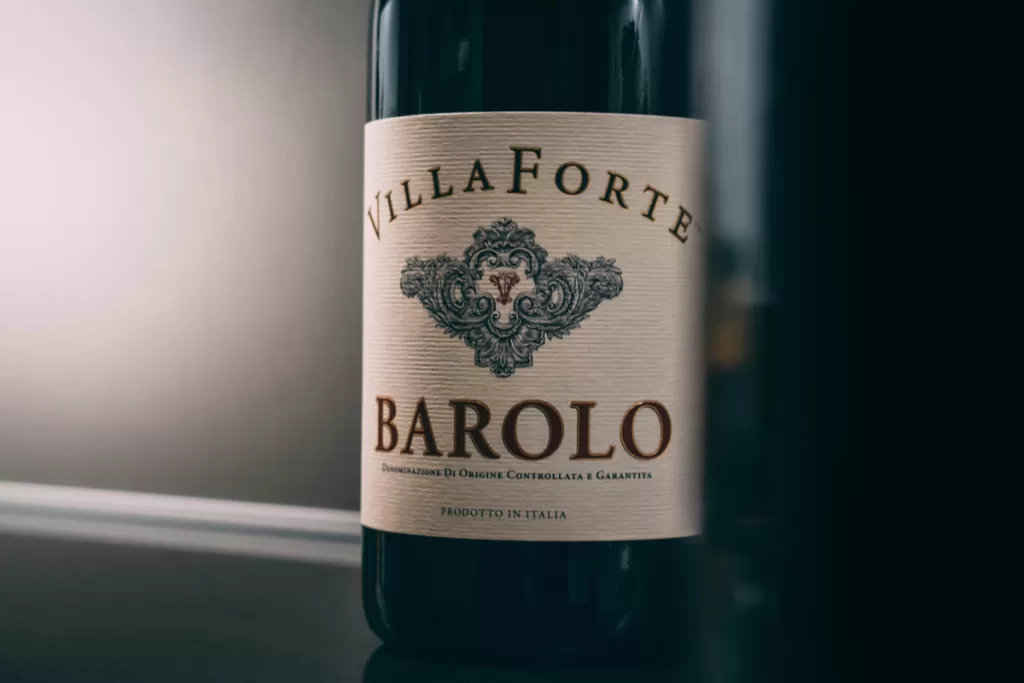
Among Piedmont wines, Barolo is queen. Barolo was one of the first wines to attain DOCG status, and it has commanded the highest prominence (and the highest prices) of any Piedmont varietal ever since.
The wine itself stems from the Nebbiolo grape, but vineyards must attain the strictest of qualifications to classify as Barolo.
Most specifically, grapes must be grown on south-facing hillsides (or have either south-east or south-west exposure) to be a Barolo. Otherwise, they are merely a Nebbiolo or Barbaresco. This is due to the cold winds that sweep down from the Alps and ruin the delicate notes required to reach Barolo status. North-facing vineyards receive the brunt of the Alpine winds.
Barolo is characterized by a complex, full body and strong tannins, but are often fairly fruit-forward as well. You’ll notice more earthiness and aged notes in Barolo than its Nebbiolo and Barbaresco cousins.
Best Piedmont Wine Tasting: Barolo
Oddero is one of our favorite wineries in the region. Their Barolo is first-rate, and you’ll also get to taste plenty of exceptional Nebbiolo and Barbaresco on your tour.
E. Pira & Figli is another well-known producer, as are Fratelli Alessandria and Cavalotto.
Barbaresco
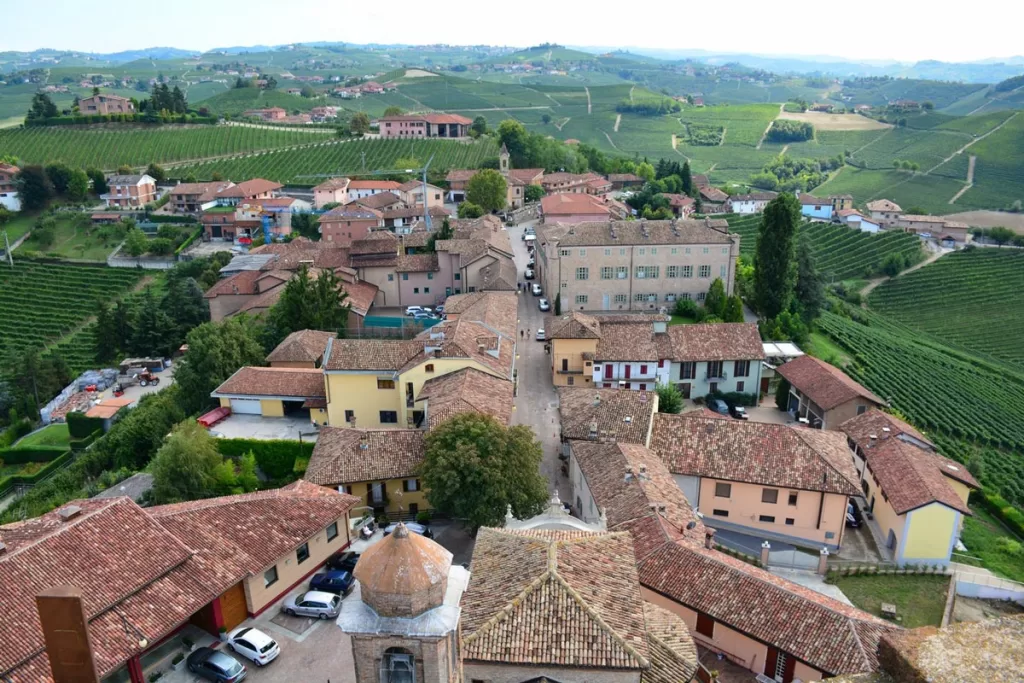
Just one step down from Barolo is Barbaresco, its close cousin that is just a bit more approachable and cost-effective (and, we’ll note, our personal favorite of the Piedmont wines).
Small but mighty Barbaresco, one of the tiniest villages in the region, has an outsized role in both the history and current landscape of Piedmont wines.
The terroir and soil composition here is extremely similar to Barolo, but the slightly lower elevation creates a smoother wine. Barbaresco boasts similar flavor notes as Barolo, but with less tannins.
Best Piedmont Wine Tasting: Barbaresco
Gaja, located in the heart of the wine’s namesake town, put Barbaresco on the map back in the 1960s. They’ve been producing first-rate varietals ever since. You’ll also find traditional iterations of the wine at Produttori del Barbaresco or Bruno Giacosa.
Nebbiolo
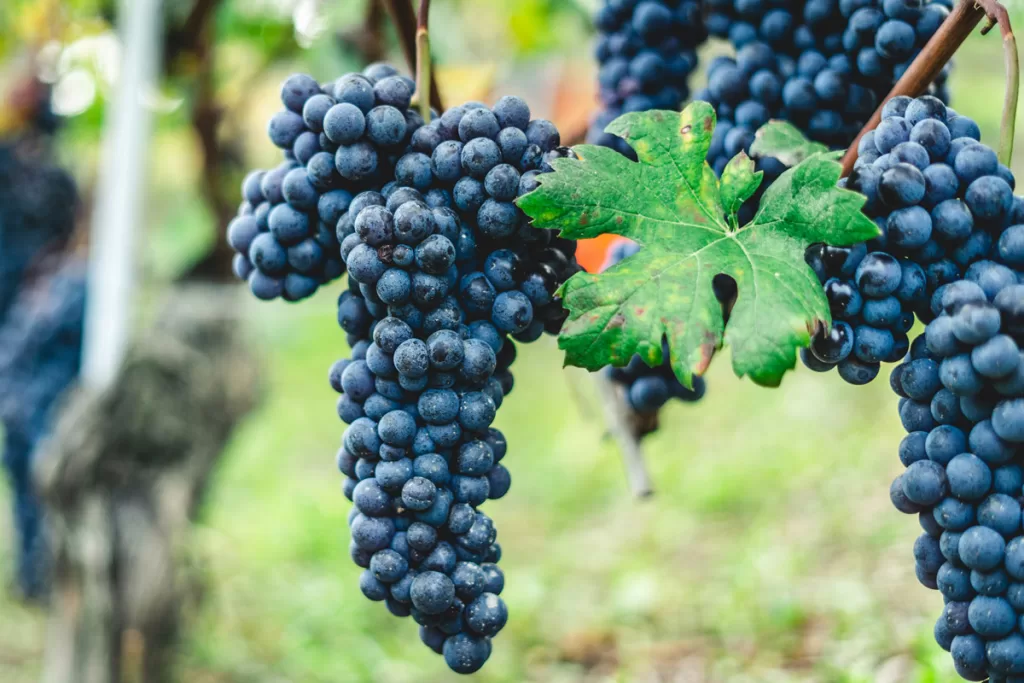
While the esteemed Barolo and Barbaresco come from the Nebbiolo grape, you’ll also find quality wines retailing under the name of the grape itself. The profile remains the same, with a rich wine alive with fruit, earth, spice, and tannins, but frequently softer than the big Barolo.
Both the Nebbiolo d’Alba and Langhe Nebbiolo are particular well-regarded, as they hail from the same sub-region as Barolo and have a nearly identical profile. They’re a great “hack” for frugal drinkers who want the taste of Barolo but not the hefty price tag.
Best Piedmont Wine Tasting: Nebbiolo
There is so much overlap between Nebbiolo and its close relations, that any of the wineries listed in either the Barolo or Barbaresco sections above will also produce a quality Nebbiolo.
However, if you’re looking for a bit more variety in the Langhe, you can also make your way to either Roagna or Burlotto. Halfway between Alba and Asti, we’ve enjoyed a wonderful tasting at Cascina Val del Prete.
Additionally, you’ll find some delightful Nebbiolo in the Alto Piemonte, including Ferrando Vini or Favaro.
Barbera
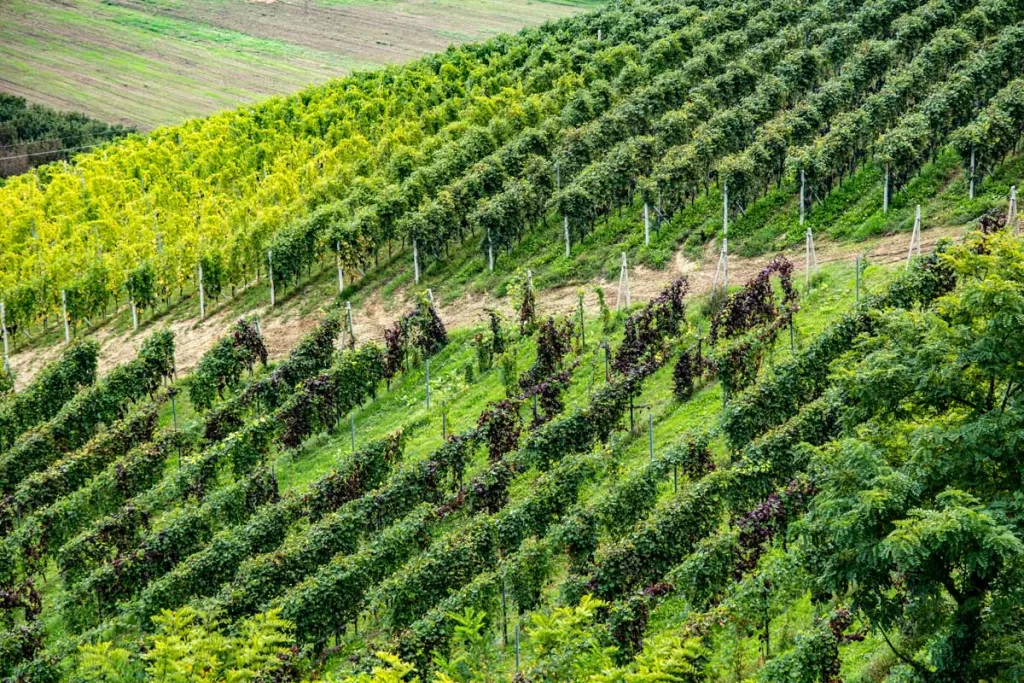
Barbera is one of the most all-encompassing of Piedmont wines, typically with something for everyone. It is the region’s most widely planted grape, and the third most in all of Italy. The biodiversity of such a vast growing zone creates a full spectrum of tasting notes, each unique to the terrain that the individual Barbera hails from. The most notable vintages are either Barbera d’Alba or Barbera d’Asti.
You’ll find some Barberas that are light and juicy, while others are rich with spice. Tannins range from low to medium, while the wines can be either medium or full-bodied. Regardless of the production, most wine-drinkers will find Barbera to be friendly and drinkable, with enough variety to always discover something new.
Best Piedmont Wine Tasting: Barbera
Towards Asti, Michele Chiarlo is one of the original winemakers to play with malolactic fermentation in the 1970s. Other producers who consistently churn out top-rated Barbera d’Asti include both Braida, Bava, and Coppo.
Over near Alba, Fontanafredda has cultivated one of the highest-rated Barbera d’Albas of recent years. Other first-rate winemakers include G.D. Vajra, Rizzi, and Mirafiore (a previous Wine Enthusiast “Editor’s Choice”).
Dolcetto
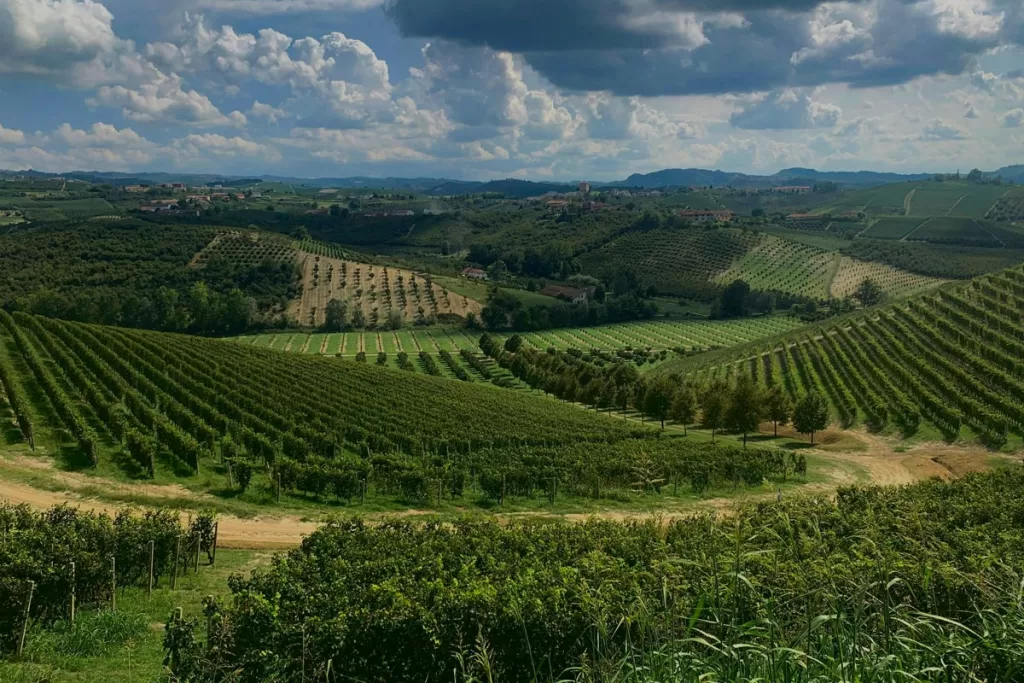
Don’t let its name (Italian for “little sweet one”) fool you. Dolcetto is the driest of all the Piedmont wines. It may be too much for some, but those who prefer a dry red will appreciate this expression, which comes across with fresh fruit notes, high tannins, and low acidity.
Dolcetto requires the same growing conditions as Nebbiolo, so you’ll find similarities between the two Piemonte specialties.
Best Piedmont Wine Tasting: Dolcetto
One of our favorite local wine shop owners raved about Luigi Einaudi, and they produce a particularly strong Dolcetto. You’ll also find well-known producers such as Cavalotto and G.D. Vajra in the Dolcetto space.
Grignolino
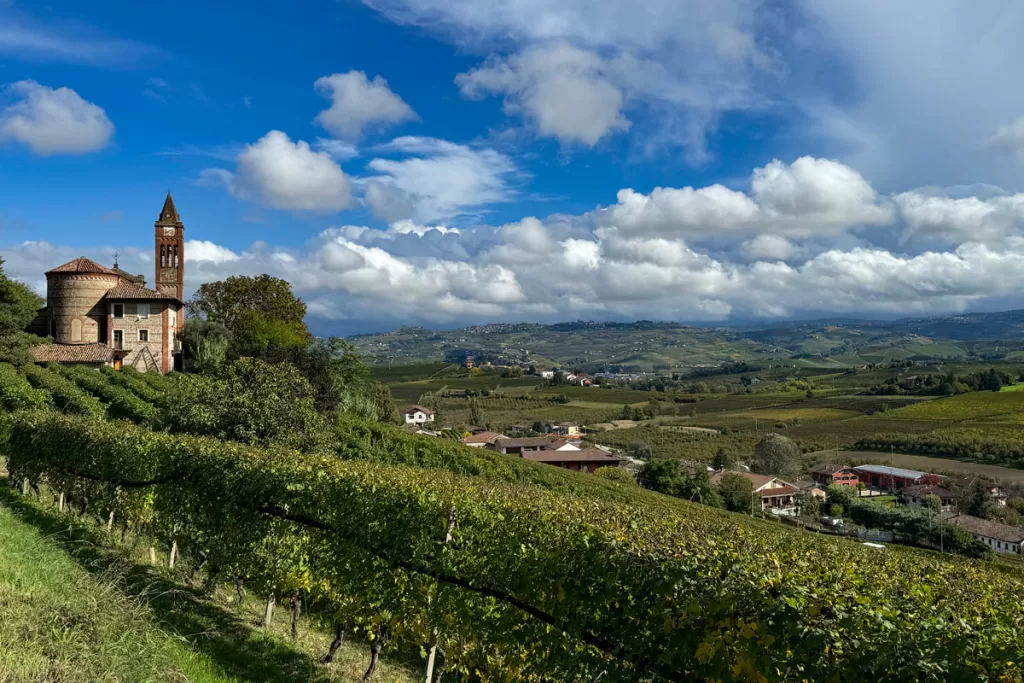
A relative of Nebbiolo, Grignolino requires the same growing conditions to produce its soft red wine. As a result, you won’t often find this lesser-known cousin, as local winemakers prefer to plant a more recognizable varietal. Still, oenophiles may enjoy the novel thrill of Grignolino, which is full of cherry and tannins.
Best Piedmont Wine Tasting: Grignolino
In the heart of the Langhe, Francesco Rinaldi e Figli pours a great Grignolino just down the road from the town of Barolo.
Further out near Asti, Nadia Verrua, the female winemaker of Cascina ‘Tvaijn has made an impressive name for herself with her take on the hyper-local indigenous varietals of Grignolino (and Ruché below, for that matter!).
Pelaverga
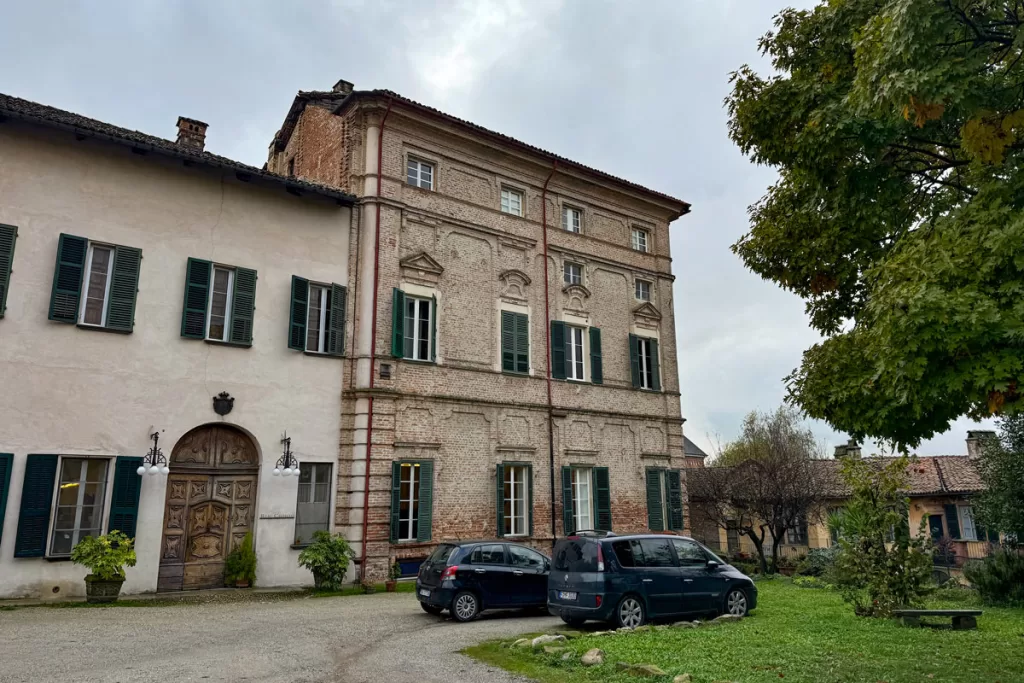
There are technically two offshoots of this fairly exploratory red grape: Pelaverga Grosso (or “fat”, signifying large grapes) and Piccolo (“small” and medium grapes). Pelaverga Piccolo is only found around Verduno in the Langhe and highlights bright fruit and tannins, while Grosso is cultivated closer to Turin with strawberry and acidity.
Because the grapes are often picked earlier, you’ll find they have lower alcohol content than some of their neighbors. In recent years, Pelavegra has developed a quiet following and feels like a “hipster” wine for those in the know (“I liked it before it was cool…”).
Best Piedmont Wine Tasting: Pelaverga
For Pelaverga Piccolo, you’ll need to head to the tiny hilltop town of Verduno. Castello di Verduno houses its tasting room in a 500-year-old castle that makes for a unique experience. Just down the road are G.B. Burlotto and Fratelli Alessandria (also highlighted above for its take on Barolo).
Ruché
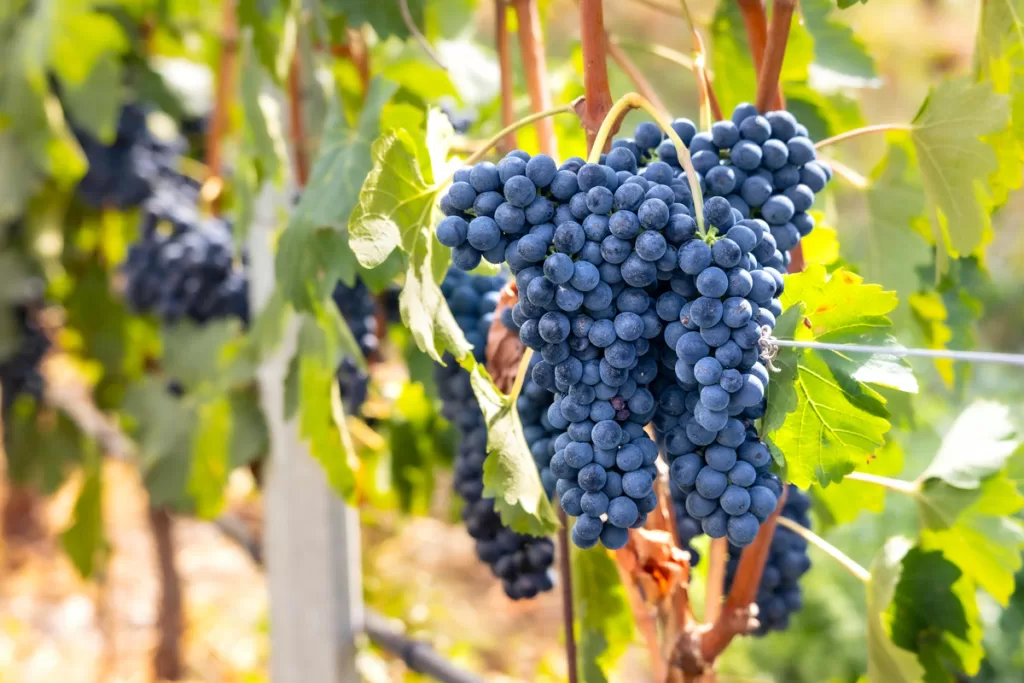
Native to the hillsides surrounding Monferrato, you’ll always hear this lesser-known red grape associated with the same word: aromatic. With such a singular defining characteristic, the aromas of spice and fruit may be a draw for some and too much for others. The lower acidity is also frequently commented upon.
Best Piedmont Wine Tasting: Ruché
As with their Grignolino (above), it’s been fun to see what Cascina ‘Tvaijn does with its native Ruché grapes. Both Luca Ferraris and Giuseppe Rinaldi are two more options.
White Piedmont Wines
Arneis
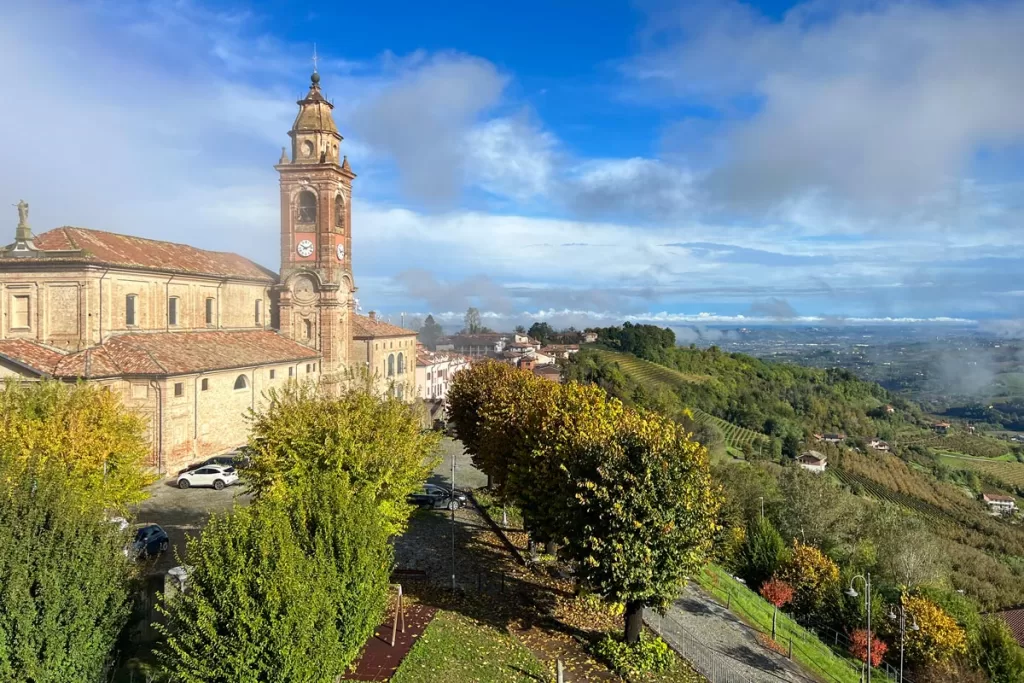
This crisp, delicate relative of the Nebbiolo grape (truly!) is not as well known internationally as it deserves to be. Arneis is a classy, elevated light wine with notes of white flower, apricot, peach, and almond. It nearly went extinct in the 1960s, before it was painstakingly revived by the winemakers of Vietti and Bruno Giacosa.
We find Arneis best enjoyed on its own, without food. You don’t want competing flavors to drown out the gentle notes that make Arneis such a delight.
Best Piedmont Wine Tasting: Arneis
Most Arneis is situated in the Roero, along the northeast corner of Cuneo. To pay homage to the winemakers credited with revitalizing the grape, head to either Vietti (an outlier, in Castiglione Falletto) or Bruno Giacosa. Deltetto, also in the Roero, cultivates a quality alternative.
Erbaluce
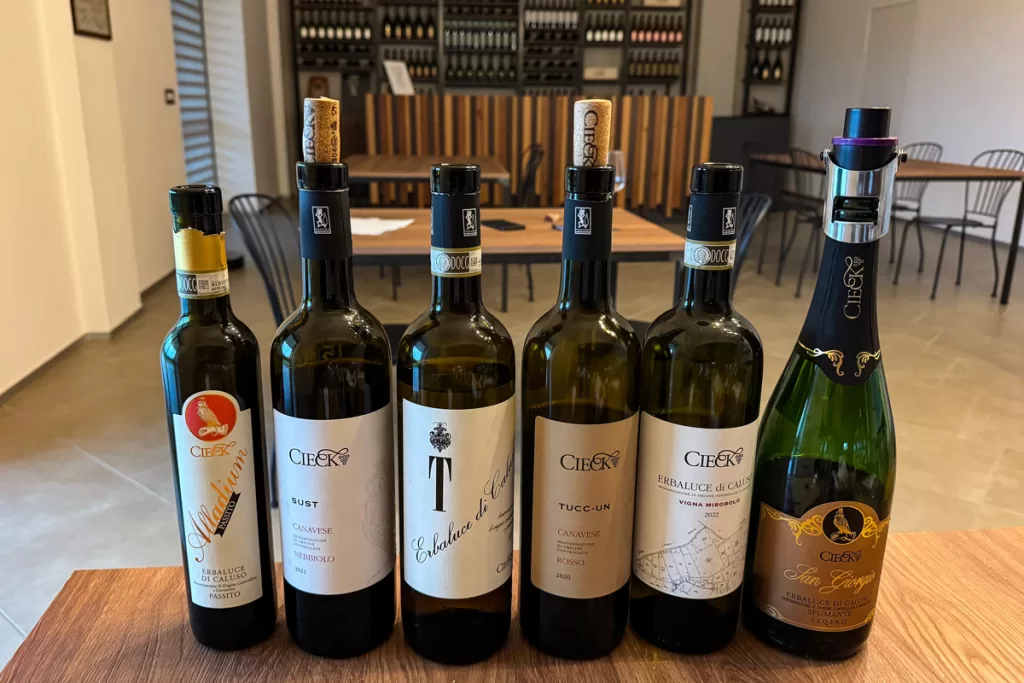
The distinctive Erbaluce grape feels like a natural offspring of its native Alto Piemonte, where cold winds fly down from the nearby Alps to cultivate cool, crisp varietals.
The wine lives up to its moniker, with erbaluce literally meaning “light herb” (or grass) in Italian. Expect refreshing grassy notes, high in minerals and acidity.
Best Piedmont Wine Tasting: Erbaluce
The small, family-run Ferrando Vini is traditionally associated with Erbaluce (they also do an exceptional Nebbiolo, above), but during busy times like harvest, they may not be able to accommodate a tasting.
Cieck ranks a close second, with numerous varietals of outstanding quality. Most likely, you’ll even get a taste of the grape’s rarer expressions, including a Spumante version and Passito dessert wine.
Timorasso
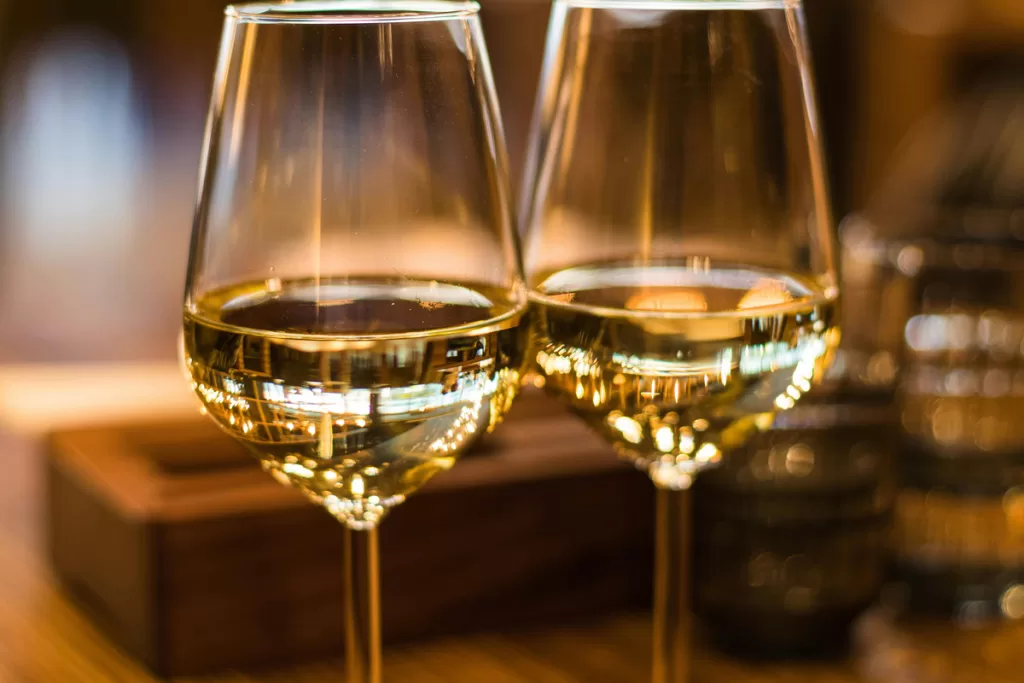
After nearly going extinct in the 1980s, this singular grape was painstakingly brought back to life in the hills near the small town of Tortona. If you like Riesling or Chenin Blanc, you’ll appreciate this acidic white, with tasting notes often expressing honey, almond, and minerality.
Best Piedmont Wine Tasting: Timorasso
For historic nod, head to Walter Massa, the winemaker responsible for bringing the varietal back from the brink (be sure to make an appointment before you go!).
Other producers nearby include Claudio Mariotto, La Colombera, and the old-vines Roagna.
Cortese
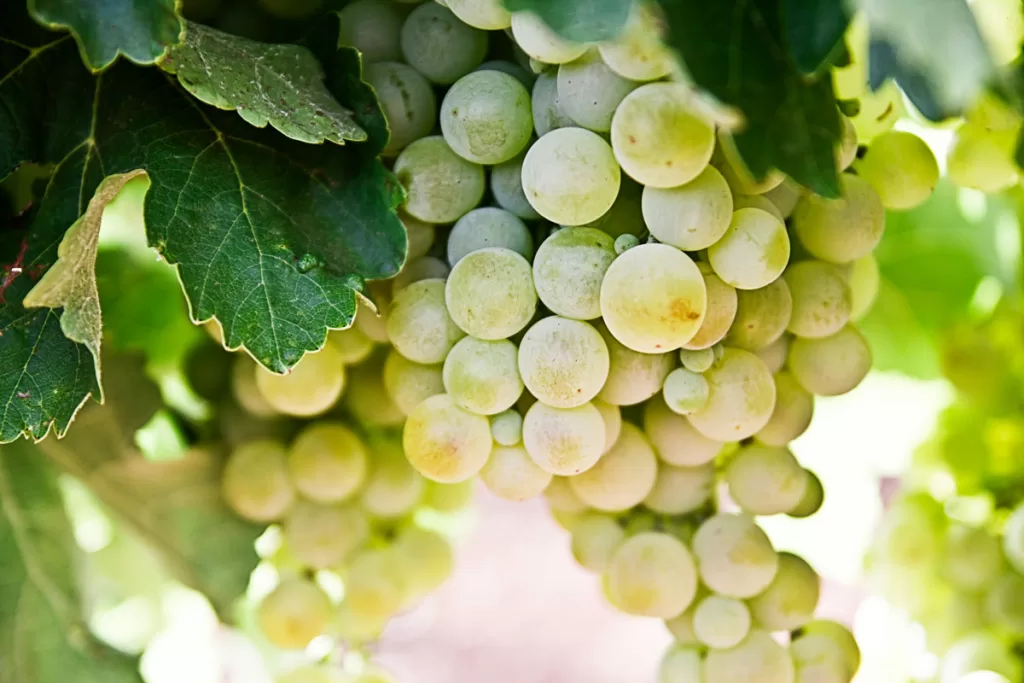
After too many mediocre iterations gave Cortese a bad name in past decades, the grape has thankfully seen a resurgence among winemakers dedicated to cultivating a quality wine worth sampling. You’ll find Cortese in southern Piedmont, where the growing zone creates a rich flavor of apple and honey.
Best Piedmont Wine Tasting: Cortese
Cascina degli Ulivi was one of the first Cortese growers utilize organic farming. More recently, others have picked up the same natural methods, including La Raia, La Mesma, and Giordano Lombardo.
Sparkling and Dessert Piedmont Wines
Moscato
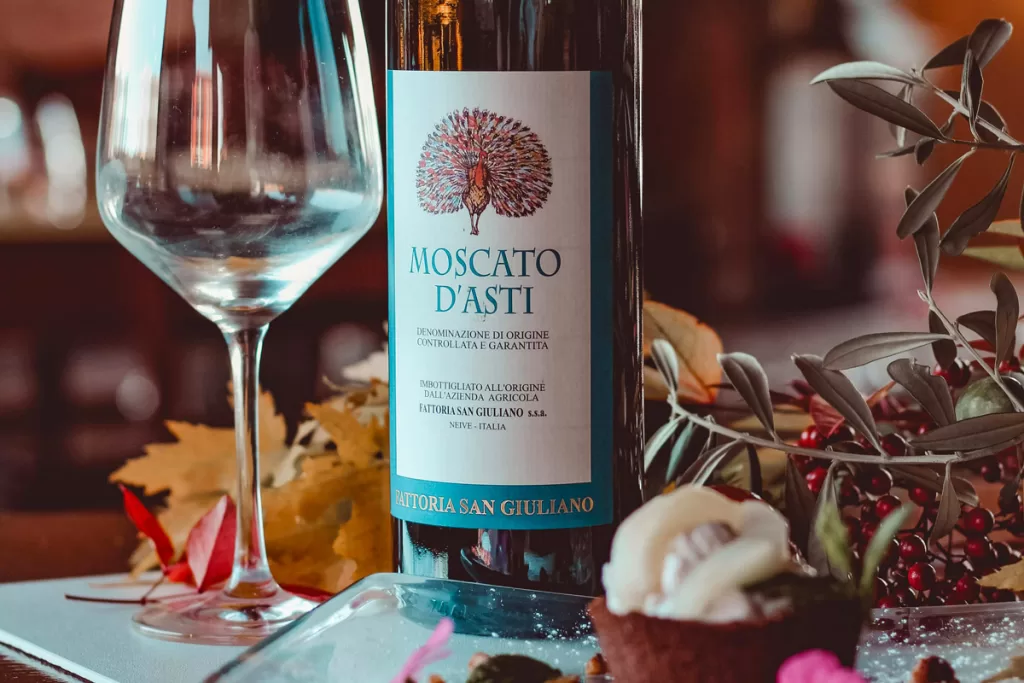
Oenophiles will often look down their nose at dessert wines. Grapes are left on the vine longer, which allows the natural sugars to percolate.
The common perception is that sweeter wines are enjoyed by those who don’t know wine. But if you venture to the home of Moscato, in the hills near Asti, you’ll discover winemakers who have made the varietal nothing to scoff at.
Most Moscato is cultivated either as Moscato d’Asti or Spumante, both of which are sparkling wines. Moscato d’Asti is dessert wine in the more traditional sense, with sweeter notes and light bubbles. Meanwhile, Asti Spumante is fermented twice, which develops a drier variety with stronger bubbles.
Best Piedmont Wine Tasting: Moscato
Bera makes a quality Moscato of both the sweet and dry varietals, and G.D. Vajra is also well-regarded. The wine cellar at Coppo, carved into tuffa stone, is a UNESCO World Heritage Site and also makes for an intriguing jaunt.
Brachetto
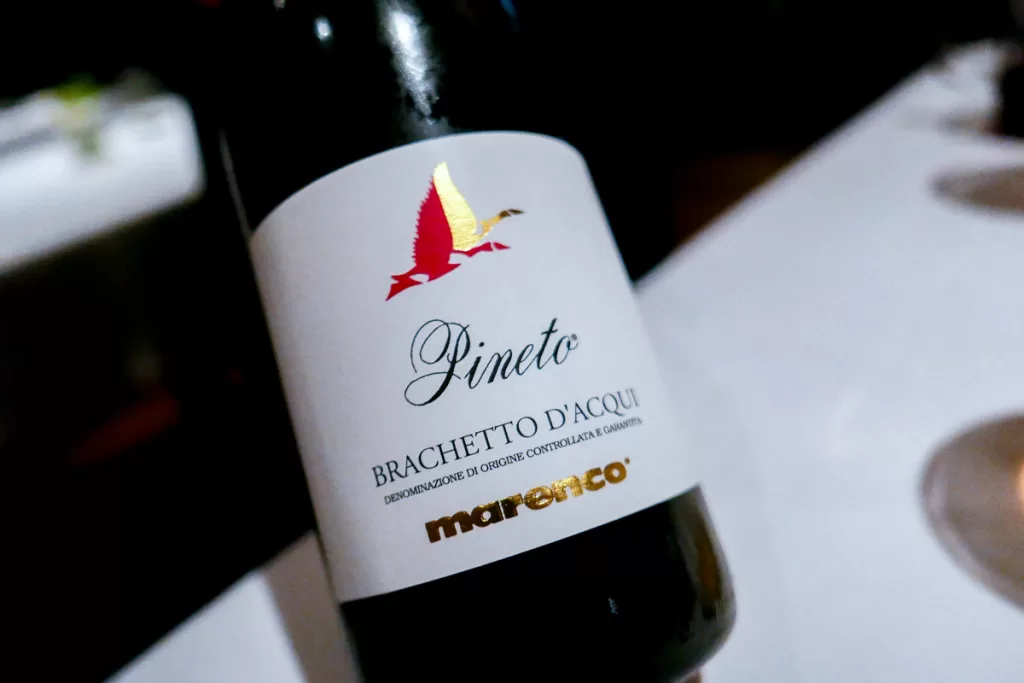
This bubbly rosé, similar to Moscato d’Asti, still makes for a sweet dessert wine. It’s not nearly as common though, making it a fun, novel experience for those tired of the same old Moscato.
Best Piedmont Wine Tasting: Brachetto
You’ll most commonly find Brachetto in the hills halfway between Alba and Asti. Both Matteo Correggia and Hilberg-Pasquero are a 15-minute drive apart (off the A33), while Forteto della Luja is a bit further east.
Malvasia
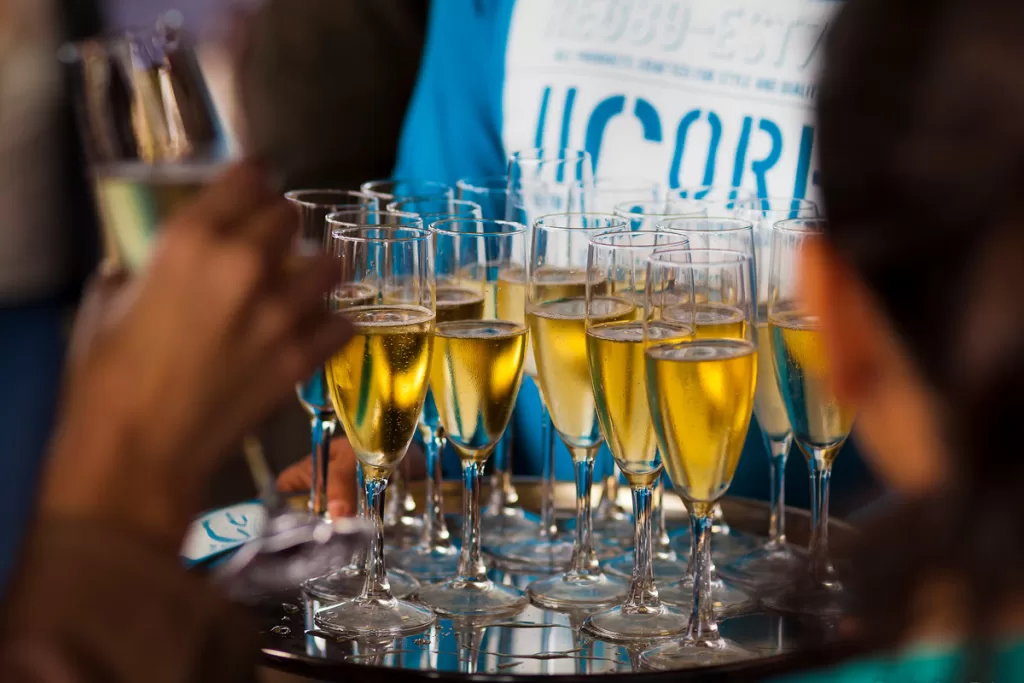
You’ll find two variations of sparkling dessert wines deriving from the red Malvasia grape. Malvasia di Casorzo is thick and jammy, with noticeable tannins. Meanwhile, Malvasia di Schierano is a bit more delicate, with lighter fruit and floral notes.
Best Piedmont Wine Tasting: Malvasia
Cantine Povero utilizes traditional farming methods on its nearly 200-year-old estate, while the Malvasia Don Bosco at Cascina Gilli is one of the winery’s highlights.
Looking for more Piedmont inspiration? Check out our guides on the best wine villages and 14 fun things to do in the region.
